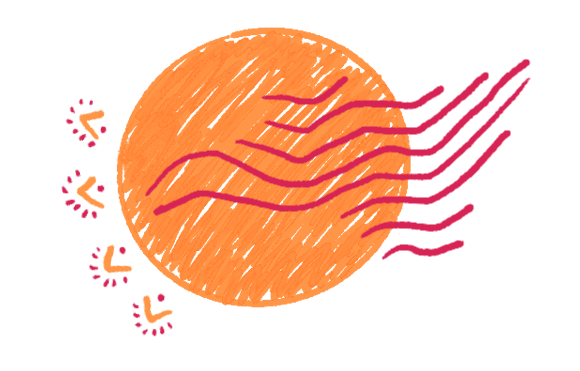As global content demands continue to grow, Machine Translation (MT) has become a complementary tool in the language industry. Its speed and cost efficiency make it an attractive solution for companies looking to scale their multilingual communication. However, while MT technology has come a long way, it isn’t without its limitations—especially when it comes to nuance, cultural sensitivity, and industry-specific language.
This is where human expertise enters the equation through Post-Editing (PE), creating a powerful synergy known as Machine Translation Post-Editing (MTPE). Let’s dive into why ISO 18587 plays such an important role in MTPE.
The Role of ISO Standards in MTPE

Post-editing enhances MT output by addressing the gaps that machines alone can’t close. By refining grammar, improving style, and ensuring the message resonates with local audiences, PE ensures that translations are not only technically correct but also culturally and contextually accurate. The result is content that sounds natural, is consistent in terminology, and meets professional standards—something that’s increasingly essential in today’s competitive global marketplace.
To ensure consistency and quality in MTPE, industry standards play a vital role. One key benchmark is ISO 18587, a standard specifically developed for the post-editing of machine-translated content. Rather than focusing on strict compliance, ISO 18587 provides a framework for what high-quality post-editing should look like. It defines the competencies required of post-editors, outlines best practices for workflows, and sets clear expectations for quality and accuracy. For companies, adopting processes aligned with this standard helps streamline multilingual content creation while maintaining high standards of clarity and reliability.
Why Post-Editing is Essential for Quality
Why is post-editing necessary, even with increasingly sophisticated MT engines? Despite advances in AI, raw MT output often struggles with:
- Linguistic accuracy: Errors in grammar, syntax, and sentence structure.
- Terminology consistency: Inability to consistently apply industry-specific terms.
- Cultural and contextual relevance: Lack of adaptation to local customs, tone, or idiomatic expressions.
- Style and readability: Robotic or awkward phrasing that diminishes the content’s impact.
Post-editors address these shortcomings, bringing human judgment and linguistic nuance into the process. Their role is not just corrective—it’s transformative, shaping MT output into polished, publication-ready content.
Best Practices for High-Quality Post-Editing
Achieving high-quality MTPE also means applying best practices across projects. This includes:
- Full post-editing vs. light post-editing: Choosing the appropriate depth of editing based on content use.
- Linguistic and cultural adaptation: Refining messages to align with audience expectations and local context.
- Consistency and terminology management: Leveraging Translation Memories (TMs) and glossaries to maintain brand and technical consistency.
- Quality assurance (QA) measures: Incorporating review cycles, style guides, and reference materials to ensure professional standards are met.
The Takeaway
In short, MT is a powerful asset, but its full potential is realized only when paired with expert human post-editing. For companies looking to produce accurate, localized, and brand-consistent content, investing in professional MTPE is essential. As an ISO 18587-certified company, at Terra, we understand the value of combining technology with linguistic expertise. Partnering with a language service provider that follows ISO-based processes guarantees high-quality outcomes for diverse global audiences.











































